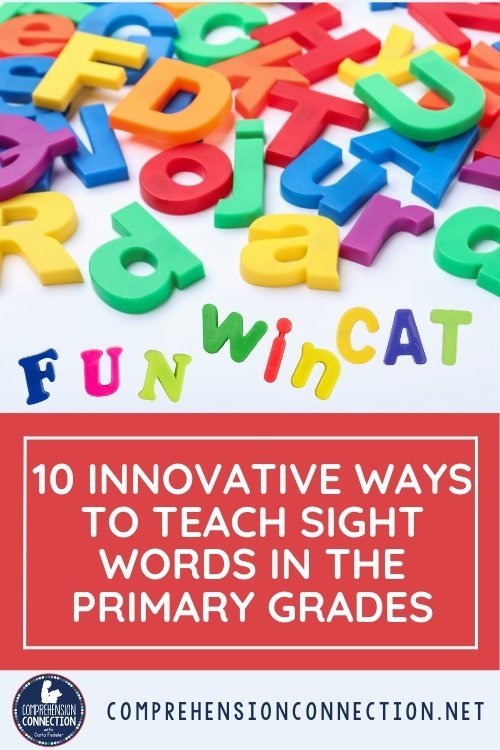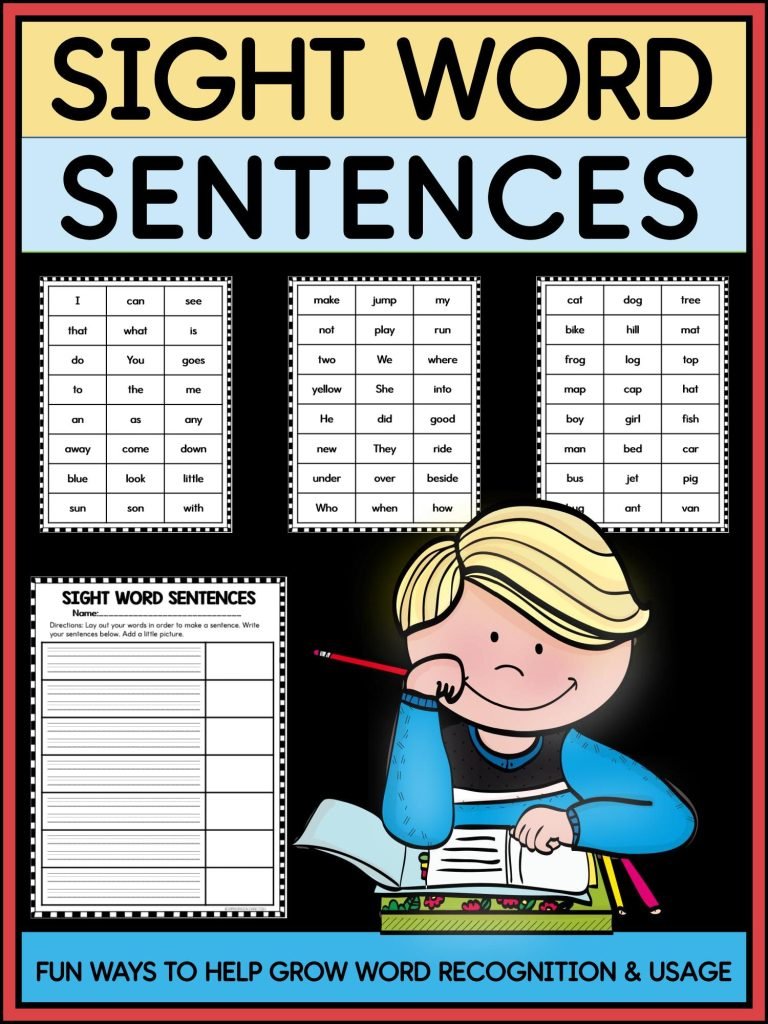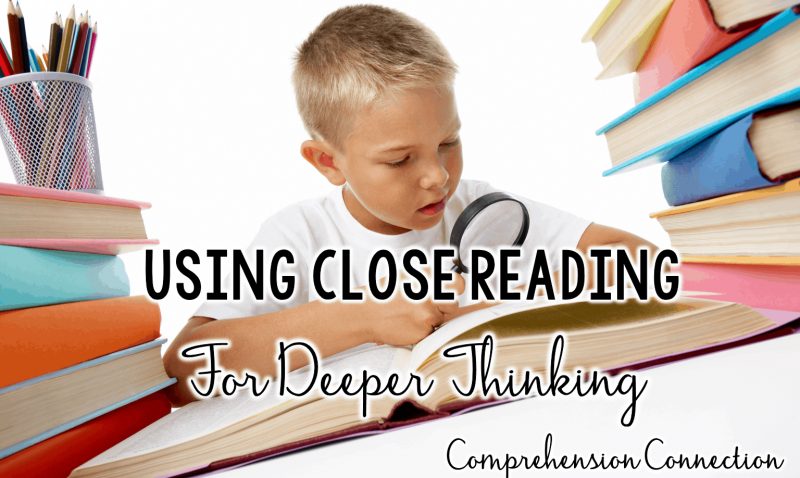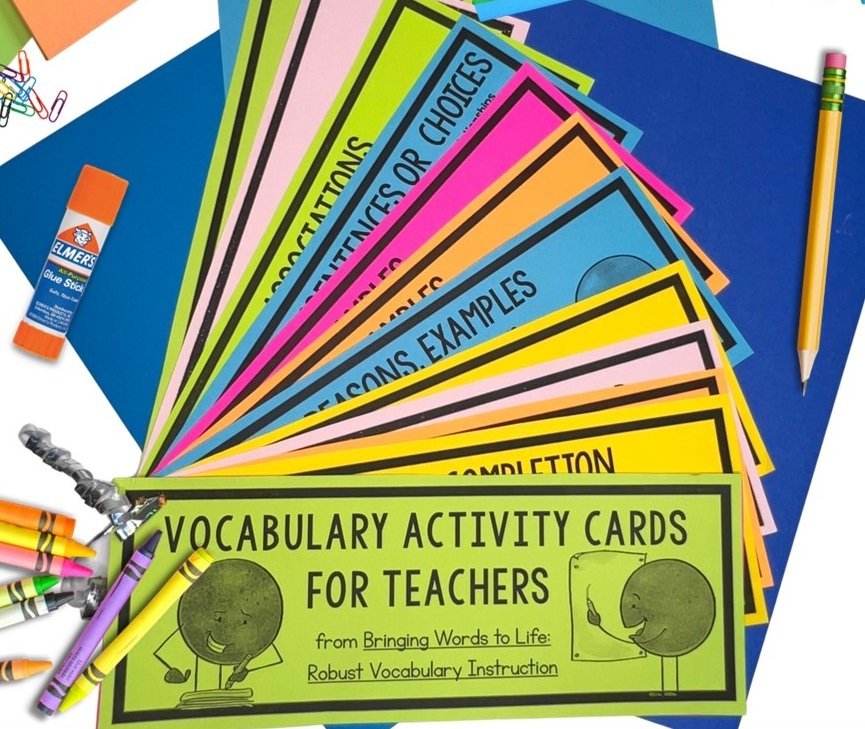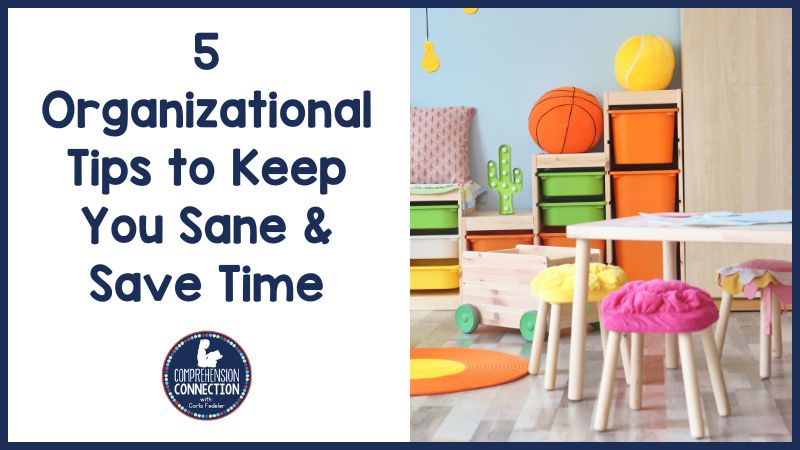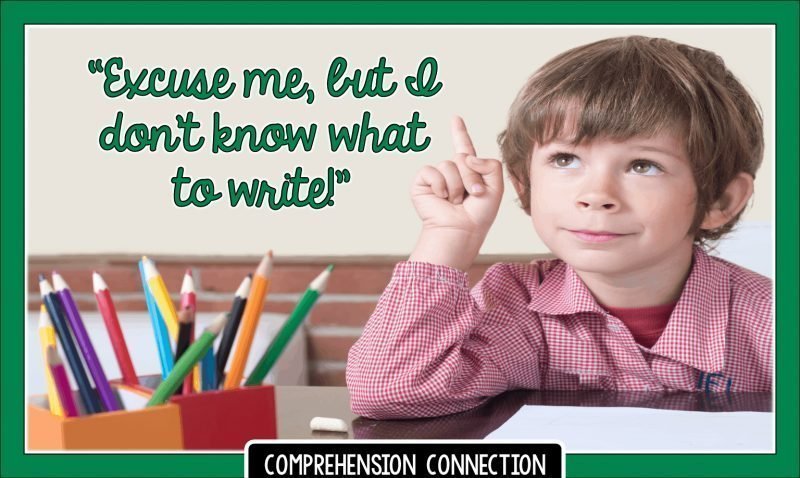
Keeping students engaged and actively learning leads to increased motivation and makes lessons memorable. In this post, I share some of my favorite ways to teach sight words to beginning readers. Having strong sight word recognition leads to increased reading fluency which leads to improved reading comprehension, the ultimate goal of reading.
Why Teachers Need Multiple Ways to Teach Sight Words:
As we know, not all students learn in the same way. Students have differing learning styles and preferences including visual, auditory, and kinesthetic. By offering a range of activities, teachers can engage every type of learner.
Besides learning styles, we also must consider the individual needs and reading levels. You will have some who learn new words quickly while some require more repetition. Every child progresses at their own pace. Some may struggle with visual recognition, while others need help with pronunciation or fluency. Multiple activity options help tailor instruction to meet these individual needs.
In a classroom where students have a range of abilities, multiple approaches help make sight words accessible to everyone, including English Language Learners and students with learning differences. The more exposure and practice students with learning challenges have with sight words, the better. Using a range of methods ensures students can practice sight words frequently in different contexts, both in and out of the classroom.
Engaging Activities to Teach Sight Words
Sight Word Bingo
Bingo may be an old traditional game, but kids really love it. Plus, they can practice without feeling like they are working, and you can include specific words on the boards that you know provide the practice they need. There are lots of bingo card generators online too, so you can change up your “boards” often for increased challenge and to keep this game fun and fresh.
Sight Word Hopscotch
Hopscotch is another old traditional game that can be modified practice letters and teach sight words. Write sight words inside hopscotch boxes on the floor or with chalk outside. Students jump to the word as they read it aloud. I have used this often with tutoring lessons. Believe me, it is not easy. The more words you add, the harder it is for students to differentiate similar words. This is great for helping students look through the word vs just the first letter or two.
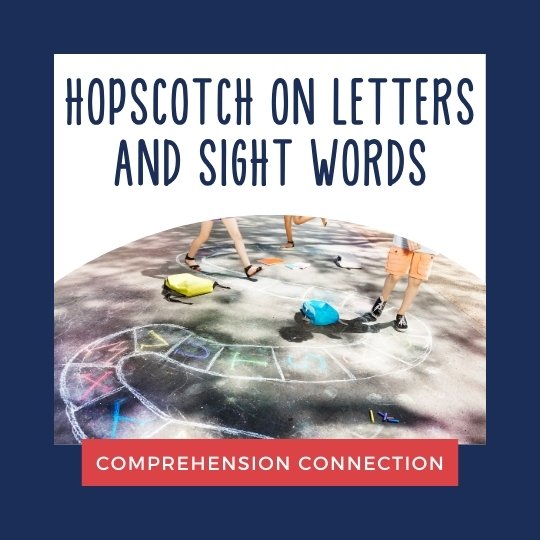
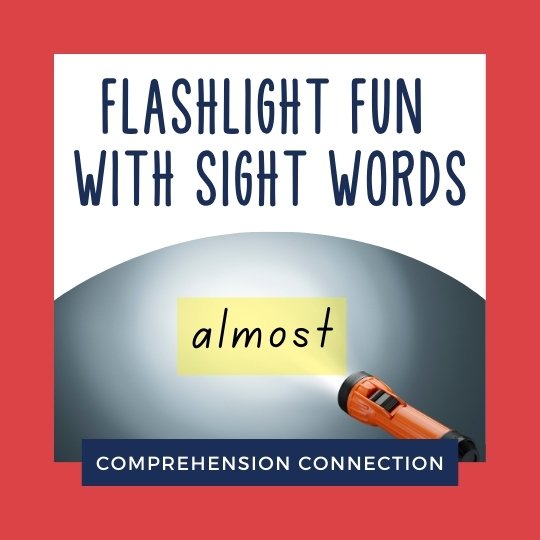
Use Flashlight Hunts to Teach Sight Words
Flashlights aren’t just for camping! Imagine the fun. You place sight words all around the room, turn down the lights, and give your students flashlights. Now, you may need to talk about safety, but then the fun begins. Call out words and see which flashlights find them first.
For an alternative idea, the teacher can have the flashlight and point to the words for students to identify.
Rainbow Writing
Have students write each sight word multiple times using different colored crayons or markers to make “rainbow” words. I like this one as a way to practice spelling and pronunciation. As students write the words in their favorite colors, they practice reading them.
Sight Word Swat
I loved using this strategy with my intervention groups. I preferred placing the words on chart paper and hanging them on the door. We played in teams, and students would play against each other. I found with too many students, it just got a bit too crazy.
Another option is to lay word cards on the table. You can use flyswatters or each student can have a collection and find their own words.
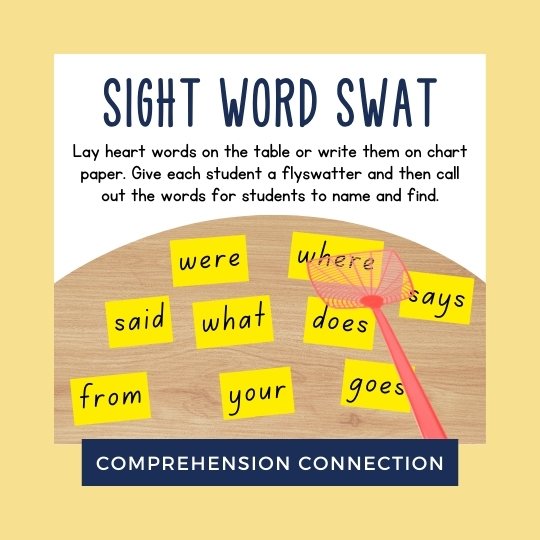
Playdough Words
Playdough never gets old. You can have students make “worms” to form the words, use stamps to “cut out” the words, or write words with pencils in the dough. Of all activities, this isn’t necessarily my favorite. But I do think students still love working with playdough.
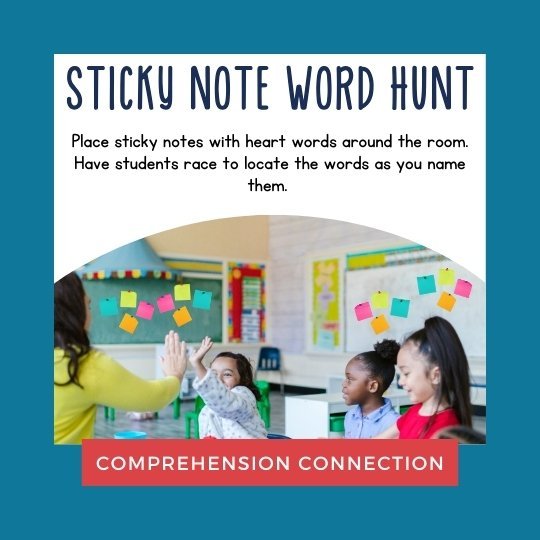
Sticky Note Word Hunt
Having words on sticky notes can useful for several activities. You can place them around the room for a “read the room” activity or have students place them on their foreheads for a “headbands” type game. Students can give clues for the students to try to determine which word is on their head.
Spin the Wheel
Make a sight word wheel online. Students spin the wheel and read whichever word the spinner lands on. This activity is easy to set up and use and perfect as a filler activity or way to line up for lunch or recess.
Sight Word Fishing
Attach paper clips to sight word cards, and give your students a magnetic fishing pole aka stick with a string and a magnet on the end. They can “fish” for words, and when they catch one, they can practice reading them aloud. Throw them back in the pond, and they can try catching them again or keep count to see who has the most fish in the end.
Sight Word Sentences
Give students a few sight words and decodable words and have them create sentences using those words. Students can illustrate their sentence for added fun. Get your copy of this free resource by clicking the button below.
Final Thoughts…
What are your favorite way to work on sight/heart words? What do you find most effective for helping students remember them? Clearly, it takes lots of practice to build reading fluency and automaticity. Check out the other posts below for more literacy learning fun.
Other Posts You May Like:
